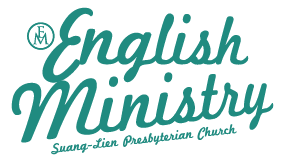8–14 October 2017.
Today we come to one of the strangest texts in the New Testament. The so-called “Second Letter of Peter” uses Peter’s name and claims to be written by Jesus’s disciple Peter, but from the very beginning church leaders knew that wasn’t true. As a result, during the first four centuries of the church, many churches didn’t include this letter in their Bibles at all.
It’s not hard to understand why. This text is full of strange stories about demons and monsters, and stories taken from old Greek and Jewish myths. It also has some unusual ideas about our Christian faith. But the problem was that this letter was very popular with ordinary Christians and church pastors who often did read it in their home churches. By the time we get to the 4th century, one of the great leaders of the early church, Eusebius, seems to just throw up his arms, give up, and recognize that because this letter was so commonly read in churches we might as well just add it to the Bible. Maybe Eusebius would have been happy to know that over a thousand years later during the Reformation, many Reformers tried to argue again that we should take 2 Peter out of our Bibles.
What’s so interesting about this history is that one of the main arguments in 2 Peter is that we should beware of allowing false teachings to enter the church! Because the true content of our faith can sometimes be hard to understand, and because people in the church are free to share their ideas with others, it’s very easy for bad ideas about our faith to enter the church community and then spread. We then end up with a church that believes the wrong things and does things that God doesn’t want us to do.
During the Reformation, church Reformers realized that the church had fallen into that very situation. So they worked hard to clear away bad ideas and put the church back on the right path. In our church today, the most important task that we professors of theology are given is to make sure that our churches are truly staying on that right path.
But is there a way that you can do this at home? Is there a way to know if your faith is really right? A very easy test is simply to look in your heart and ask: Am I really doing what Jesus commanded me to do? Am I loving others the way that Jesus loved me? And am I am keeping my eyes always focused on Christ? If you are, then that’s an excellent first sign that you are on the right path.
Pastor Stephen Lakkis



0 Comments